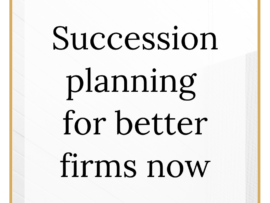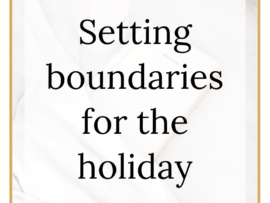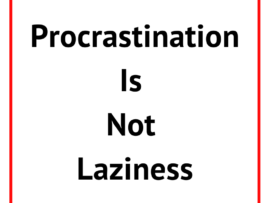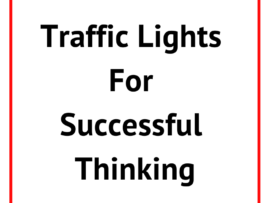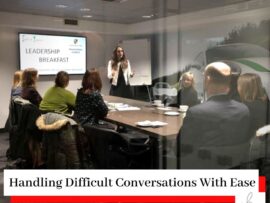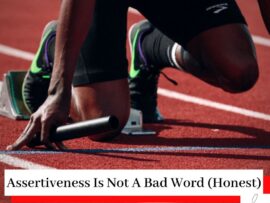What are the differences between resilience, adaptation, and antifragility – Does it matter?
0 CommentsWhat are the differences between resilience, adaptation, and antifragility, and why does it matter?
At a recent EMCC workshop, Ruth Simpson, a fellow executive coach, and researcher in resilience and adaptation. Shared how we can better respond to disruption, at individual and organisational levels. Through developing resilience, adaptation, and antifragility. Especially relevant in these current times.
Here is a summary of the useful discussion, to help deal with disruptions, at work or at home.
Useful definitions
We began by exploring definitions. Whilst many different definitions are in use, here we focused on a need to determine the end state following disruption.
To be resilient – Responding to disruption and then returning to a former state following disruption. This includes our stress coping ability.
To adapt – To change or adjust to fit new conditions. That is changed state, as a result of disruption.
Antifragile – This term was coined by Nassim Nicholas Taleb in his book of the same name. Defined as the opposite of fragile he describes it as beyond resilience or robustness, antifragile means things get better. For example, the change state is improved and we become better able to respond effectively in the future.
Disrupting events & states
When disruption occurs, it helps us to understand what the desired end state is. What are we looking for? What do we need to achieve? From this we can work out whether to develop resilience or adapt.
1. Resilience: This may be about bounce back. We look at how to get through (the situation) and manage self. Whether briefly, or for a longer period. For example, those currently working from home, yet looking to get back to working in an office, may be focusing on resilience. Sometimes resilience is the best way to manage the situation.
2. Technical Adaptation: This is where we focus on acquiring new technical skills, to adapt. For example, earlier this year, many people had to develop new technological skills, when they began working from home.
3. Psychological Adaptation : This is about changing our psychological state. It may include changing a belief. Individually or as an organisation. This means we need to consider the steps required to support that belief change. For example, if we want to improve collaboration, we need to develop a belief that there is a benefit to collaboration. For many organisations, the reward system doesn’t reward collaboration. So, what do we need to do to encourage those beliefs? Beliefs can change slowly, or can change quite quickly. If we look, once more, at the current situation. Many people, and organisations, had beliefs about the ‘type of people who work from home’, how productive it could be, its benefits, and how quickly they could put technology in place to make it happen. Those beliefs rapidly, and significantly, changed for many.
4. Antifragility : Moving forward through experience, to become better over time.
Things to Consider
What state are the individuals in when the disruption hits?
At the start of lockdown, energy levels were very different to what they are now. Peoples’ capacity to deal with the disruption (in the most) was initially higher. However, by the end of the summer, people were exhausted.
If we are now considering additional, or more permanent, workplace change. If looking at the current state of individuals in your organisation. For now, you may need to focus on providing support and developing resilience. As such, it might be best to leave any focus on adapting, until the new year. When people may have more energy to deal with it.
Is there acceptance of the need of the end state?
Without acceptance from individuals of the end state (or it’s benefit), it is unlikely someone will, or can, make the change.
Transition Process
To make any change, it helps to start with asking, what do I/we need to keep, drop, or develop.
Quite often the emphasis is on what we want to let go of, or what we don’t want anymore.
However, as we know if we have tried to change a habit. What we are ‘giving up’ or ‘not doing’ isn’t necessarily helpful to focus on.
It is usually more beneficial to begin with looking at where we want to go, and what we want to achieve. Then we can work out which of our strengths we need to keep. We consider the desire and motivation; intention and ability. Finally, we focus on what we want to develop. That is, what we put into place, to replace the things we are letting go of.
In any change programme, we need to look at what the end state is for the organisation AND the individual. Without that clarity, people are unlikely to have the energy to move through a challenging transition process.
What to consider when looking at the impact of disruption
1. Acknowledge the emotions and accept the disruption. Wishing it did not happen, does not usually help.
2. Clarify the end state. What is the goal, and recognise there are bound to be obstacles in the way.
3. Explore the resources available to that individual. How much energy do they have (do they have other things going on at the same time). Consider physiological aspects ie eating, sleeping, exercise. Reflect on their individual psychologically, ie inner strength and attitude. And finally, socially, what are their networks for support, if any.
What can we do to make any of the above considerations different for us, or our organisations?
Characteristics to develop in ourselves, and for others, to be resilient and to adapt
· A positive approach to change – looking for opportunities and forward thinking
· Positive belief in self and abilities – belief you can cope whatever happens, confidence, high self-regard, being value driven
· Cognitive agility – being able to think differently, be open and suspend judgement
· Social connectivity – identify and engage with people who could help
We can also focus on experiences such as:
· Resisting the urge to supress randomness : That is, being okay with things being messy. Doing things that are new, different, so that it becomes easier each time.
· Step out of comfort zones: Increase the opportunities for learning and development, to help expand our comfort zones. This makes it easier when there is further ambiguity and confusion. We become more comfortable with a little discomfort.
Find Out More
It was a great talk, and if you want to find out more, please do get in touch with Ruth Simpson (her contact details are below). Likewise, Ruth provided some useful references as follows:
Books:
• The Resilience Factor, Reivich & Shatte
• Coaching for Resilience, Green & Humphrey
• Immunity to Change, Kegan & Lahey
• Transitions: Making Sense of Life’s Changes, Bridges
• Managing Transitions: Making the most of change, Bridges
• Antifragile: Things that gain from disorder, Taleb
Websites:
And, as mentioned, if you would like to speak further to Ruth with any questions, or training requests, she can be contacted here: ruth@animi.org.uk
I hope you found this useful.
Simona
Simona Hamblet is a Leadership & Lifestyle coach, trainer and speaker, for legal professionals.
In addition to leadership, personal change, and behavioural skills expertise. Simona has over 20 years business experience in law firms as a solicitor practising employment law, and Partner, focusing on business growth and staff development. You can contact her on simona@simonahamblet.com to find out more.


